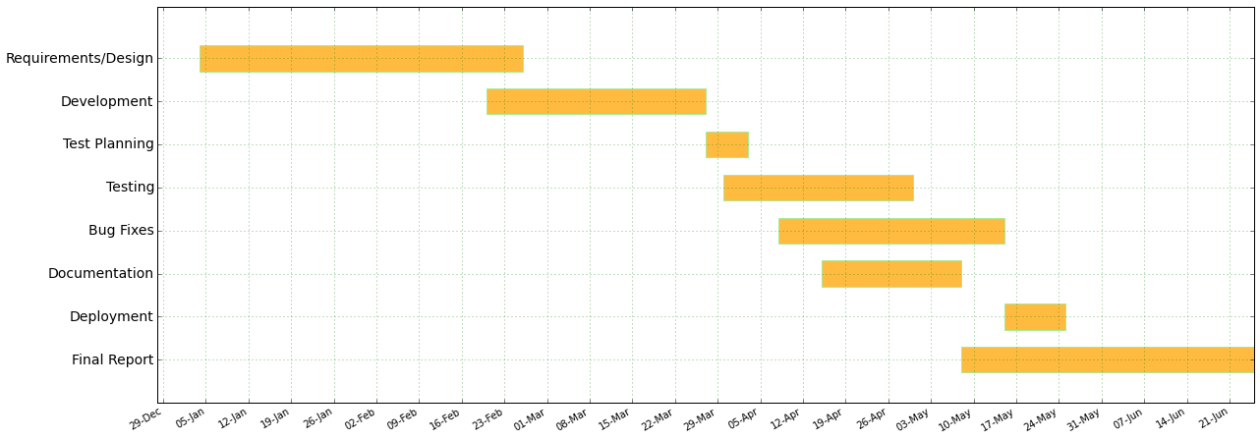In the statistical analysis of observational data propensity score matching psm is a statistical matching technique that attempts to estimate the effect of a treatment policy or other intervention by accounting for the covariates that predict receiving the treatment.
Propensity score matching diagram.
An alternative method of controlling for observed variables is propensity score matching.
Propensity scores are usually computed using logistic regression with group treatment status regressed on observed baseline characteristics including age gender and behaviors of relevance to the research.
The propensity score with continuous treatments in applied bayesian modeling and.
The score is a predicted probability that students receive a treatment given their observed characteristics.
Psm attempts to reduce the bias due to confounding variables that could be found in an estimate of the treatment effect.
Using propensity score matching.
Logistical regression isn t.
Jm oakes and js kaufman jossey bass san francisco ca.
Say we are interested in the effects of smoking on health.
Propensity score matching is a statistical matching technique that attempts to estimate the effect of a treatment e g intervention by accounting for the factors that predict whether an individual would be eligble for receiving the treatment the wikipedia page provides a good example setting.
Hirano k and imbens gw.
Simple and clear introduction to psa with worked example from social epidemiology.
Propensity score matching is a new way to predict marketing decisions.













